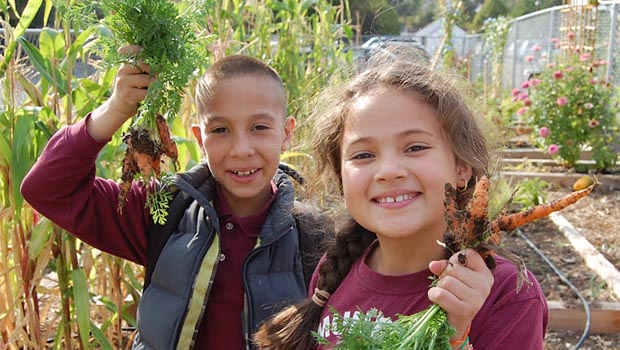Advancing community health improvement with ‘population dose’

Dr. Allen Cheadle describes how CCHE’s new Healthy Dose Toolkit makes it easier to design and evaluate community health initiatives
By Allen Cheadle, PhD, director of the Center for Community Health and Evaluation at Group Health Research Institute
If you work to promote better health at the community level, you know how challenging it can be to select effective community-based health improvement interventions and measure their impact. Across the country, community health initiatives are tackling issues such as tobacco use, substance abuse, and obesity through policy and environmental change strategies. But how do we know which strategies will work best to promote lasting improvements in population health?
Working with our partners on Kaiser Permanente’s Community Health Initiative (CHI), my team at Group Health Research Institute’s Center for Community Health Evaluation (CCHE) has developed a new approach to both planning stronger initiatives and evaluating their impact—a concept we call “population dose.”
What is population dose?
Population dose consists of two elements:
- Reach: the percentage of people in a defined community who are touched by a strategy; and
- Strength: the degree to which those people change their behavior to make healthier choices.
By combining these two factors, we can estimate which strategies will produce the greatest impact on population-level health.
The population dose method is not only helpful as a tool for evaluating the impact of community-level health initiatives, it gives the leaders of such initiatives a leg up in planning and implementing their work by providing an early view into the strategies that are likely to work best.
For example, Kaiser’s CHI and other similar initiatives nationwide are tackling obesity by promoting healthy eating and active living (HEAL) behaviors at the population level. Among the strategies they might consider implementing are creating a community farmer’s market, building a new walking trail, enhancing park amenities, and changing school cafeteria policies. But with limited resources, they will have to choose a subset of strategies to implement. Estimating population dose in advance provides insight into which of these approaches is likely to be most effective—meaning the initiative’s leaders can focus their resources on the areas that promise to provide the biggest bang for the buck.
Introducing the Healthy Dose Toolkit
Now community health leaders and evaluators everywhere can take advantage of the population dose method with our new Healthy Dose Toolkit. Created in partnership with Kaiser’s Community Benefit program, the toolkit makes it easy to apply the dose method for both planning and evaluating health promotion efforts that focus on HEAL outcomes. It includes detailed instructions for calculating the dose of selected strategies and guiding users through estimating dose with an interactive dose calculator.
In this recent post in the Health Affairs Blog, Lisa Harner from Kaiser Colorado and CCHE Research Associate Elena Kuo describe how using the dose method provided a helpful quantitative measure of the effectiveness of a local farm-to-school initiative in Chaffee County, Colo. The effort has incorporated roughly 3,000 pounds of garden produce into school meals since 2012. Using the dose method, Lisa and Elena estimated that the initiative created a 12 percent increase in fruits and vegetables consumed per day and an overall 6 percent increase in the healthfulness of food provided to students in the district.
Next steps: Spreading the dose concept
We continue to refine the population dose methodology and to seek ways of spreading it to other prevention efforts. CCHE is pleased to work other organizations on using dose in their community health improvement efforts. At CCHE we offer a range of dose-related technical support, including a free one-hour consultation. Please contact me at cheadle.a@ghc.org.



